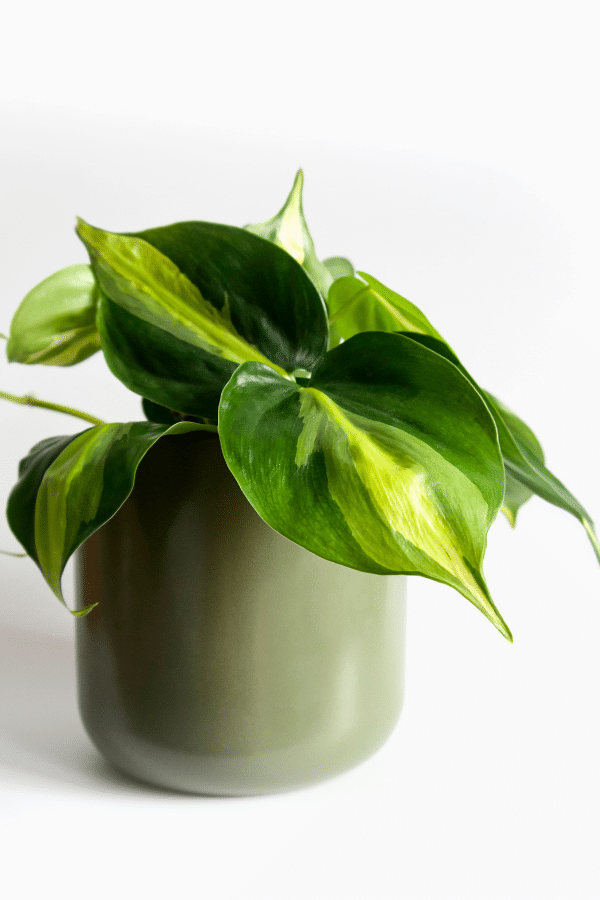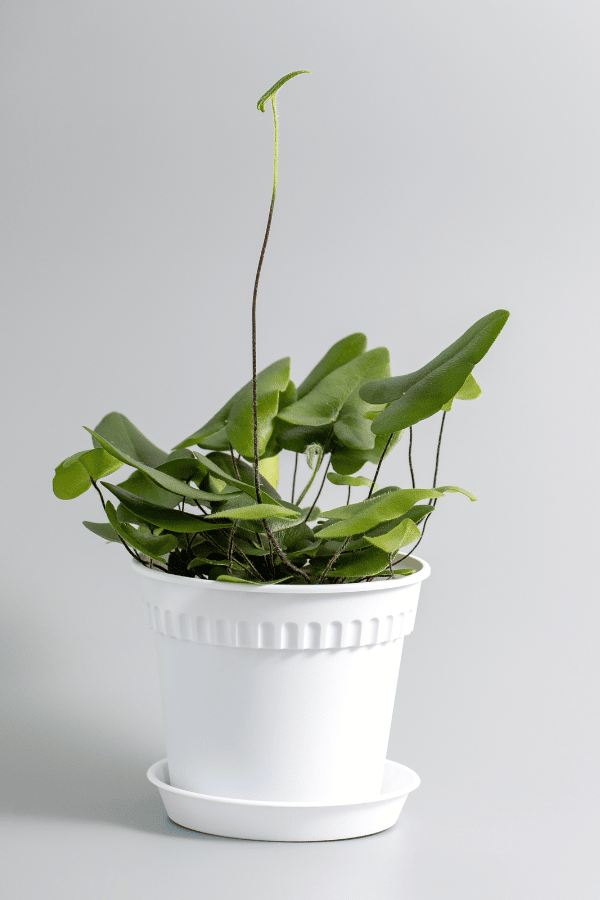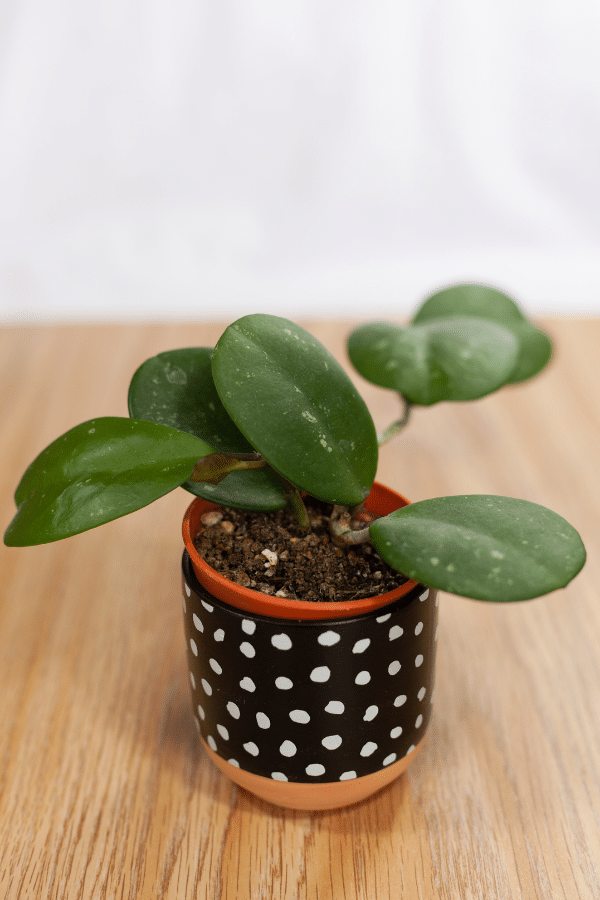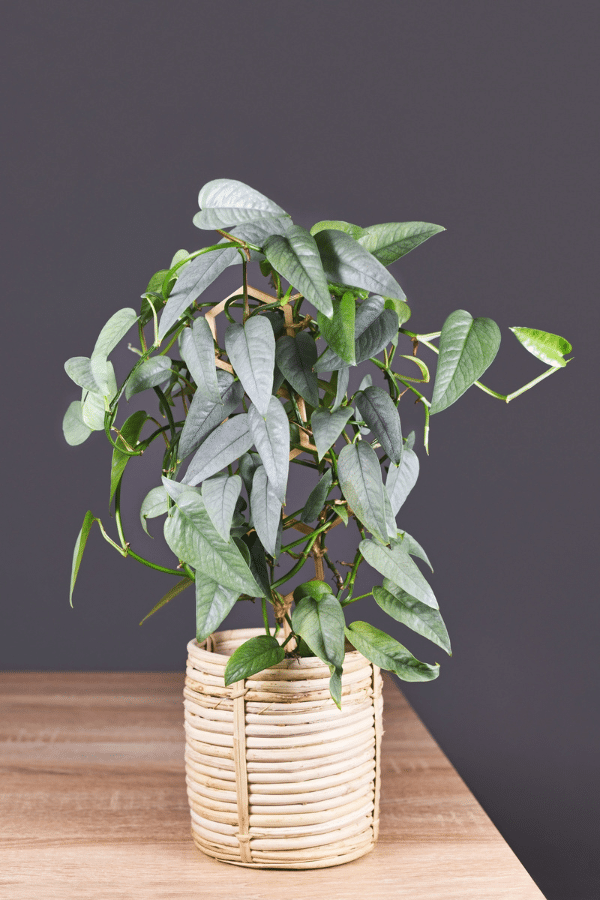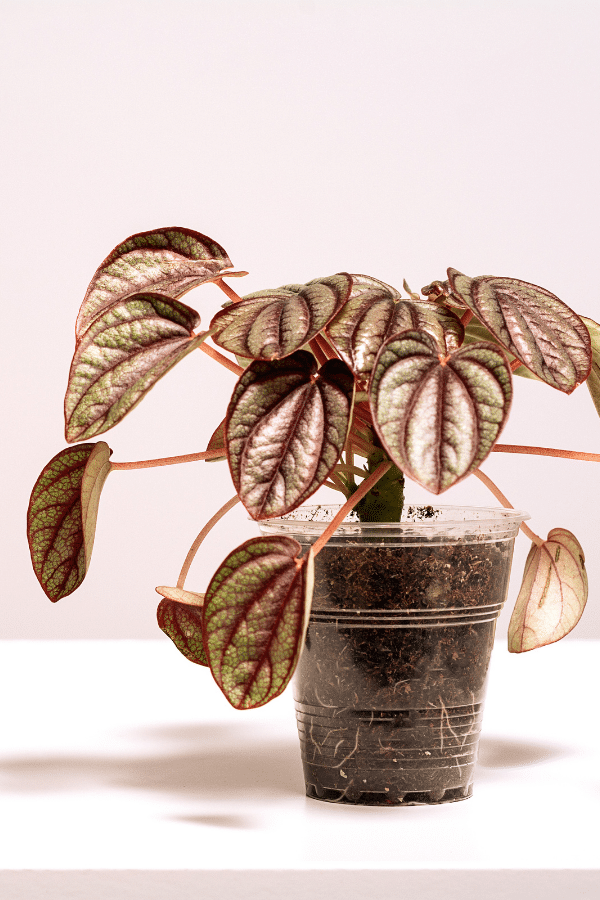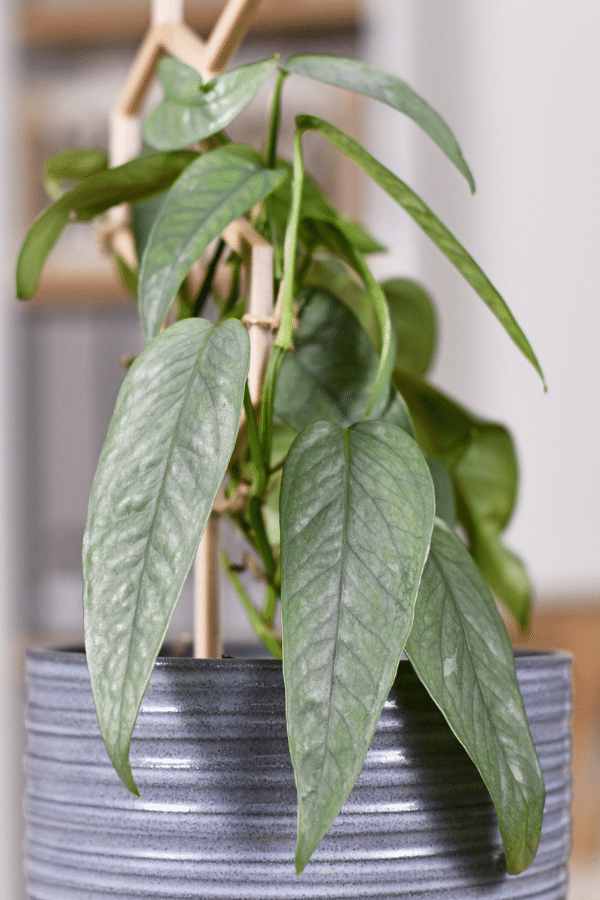Manjula Pothos Toxic to Cats
Manjula Pothos is toxic to cats because it contains calcium oxalate crystals. If ingested, these crystals can cause swelling of the mouth and throat and stomach irritation. Your cat will experience symptoms of pawing at the mouth, difficulty swallowing, drooling, and decreased appetite.
If you’re a cat owner, knowing which plants are safe for your furry friend and which are not is important. Manjula Pothos is not a safe plant around cats. Ingesting it can even lead to respiratory distress and kidney failure in severe cases. It’s important to note that the toxic effects of Manjula Pothos are not limited to cats and can also affect other pets and humans if ingested.
As a responsible pet owner, taking precautions to keep your cat safe is important. These precautions include keeping toxic plants out of reach, being aware of the poisoning symptoms, and seeking veterinary care immediately if you suspect your cat has ingested a toxic substance. By educating yourself on the potential dangers of plants like Manjula Pothos, you can help ensure the health and safety of your furry friend.
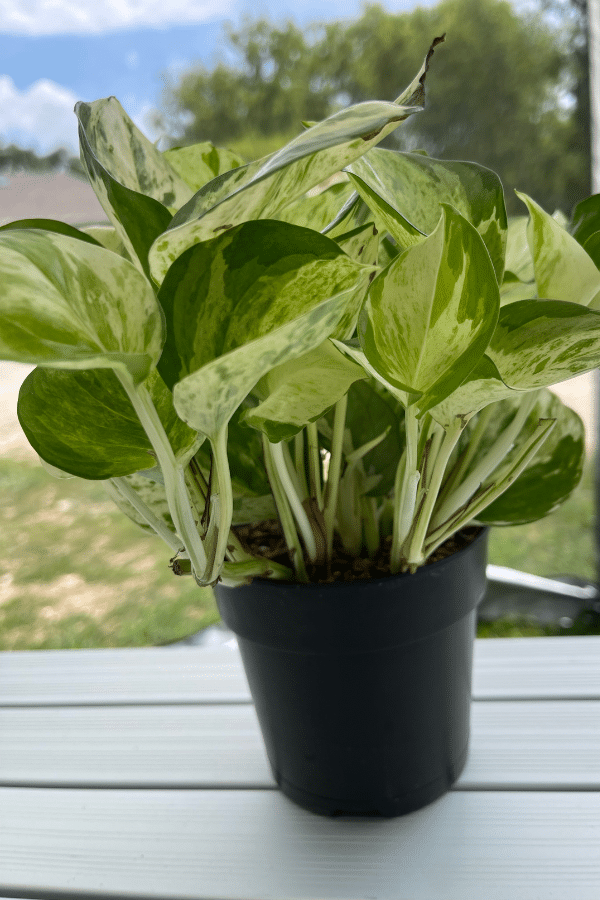
Why Is Manjula Pothos Toxic to Cats?
Manjula Pothos is toxic due to the calcium oxalate crystals inside the stems and leaves, which can cause various symptoms in cats if ingested.
When a cat chews on or ingests any part of the Manjula Pothos plant, the calcium oxalate crystals get released from the plant and it causes irritation and swelling in the mouth, tongue, and throat. This can result in drooling, difficulty swallowing, and vomiting. In severe cases, it can even cause breathing difficulties.
Toxicity of Manjula Pothos is not limited to cats. The plant is also toxic to dogs and humans. However, cats are more likely to chew on plants and are therefore at a higher risk of exposure to the toxic compounds in Manjula Pothos.
If you have a cat and a Manjula Pothos in your home, it is important to keep the plant out of reach of your cat. If you suspect that your cat has ingested any part of the Manjula Pothos plant, you should contact your veterinarian immediately for guidance on how to proceed.
Symptoms of Manjula Pothos Poisoning
If your cat has ingested Manjula Pothos, you may notice several symptoms of poisoning. These symptoms can range from mild to severe and may not always be immediately apparent. Here are some signs to look out for.
Vomiting – Your cat may vomit after consuming Manjula Pothos. Vomiting can happen within a few hours of ingestion or may take up to a day to occur.
Diarrhea – Your cat may also experience diarrhea due to Manjula Pothos poisoning. This can cause dehydration and other health complications if left untreated.
Loss of Appetite – Your cat may refuse to eat or drink anything after ingesting Manjula Pothos, which can lead to further health problems if not addressed promptly.
Lethargy – Your cat may become lethargic or weak after consuming Manjula Pothos. This can be a sign of poisoning and should be taken seriously.
Excessive Drooling – Your cat may drool excessively after ingesting Manjula Pothos. This can be a sign of oral irritation or other health problems.
If you notice any of these symptoms in your cat after they have come into contact with Manjula Pothos, it is important to seek veterinary care immediately. Your vet can provide treatment options and help ensure your cat fully recovers.
What to Do If Your Cat Has Ingested Manjula Pothos
If you suspect that your cat has ingested Manjula Pothos, you should take immediate action.
Contact your veterinarian – If you notice any symptoms of poisoning in your cat, as mentioned above, you should contact your veterinarian right away. They will be able to advise you on what to do next.
Remove the plant – If you have Manjula Pothos in your home, remove it from your cat’s reach immediately. This will prevent further ingestion and reduce the risk of more severe poisoning.
Provide supportive care – Your veterinarian may recommend providing supportive care for your cat, such as administering fluids or medications to alleviate symptoms. Follow their instructions carefully and monitor your cat closely.
Prevent future incidents – To prevent future incidents, make sure to keep all toxic plants out of your cat’s reach. You can also consider using deterrents like bitter sprays or barriers to keep your cat away from plants.
How to Prevent Cats From Eating Manjula Pothos
To keep your cat safe from Manjula Pothos, you need to take a few precautions. Here are some tips on how to prevent cats from eating Manjula Pothos.
Keep the plant out of reach – Cats are curious creatures who love exploring their surroundings. To prevent them from nibbling on the plant, keep it in a location where they cannot reach it. Consider hanging the plant from a high shelf or placing it in a room that your cat cannot access.
Use a deterrent spray – You can use a commercial deterrent spray to keep your cat away from the plant. These sprays are safe for plants and are formulated to repel cats. Spray the plant regularly with the deterrent to ensure the scent is strong enough to keep your cat away.
Provide alternative greens – Cats love to chew on plants, so it’s important to provide them with an alternative. Consider growing cat grass or catnip in a separate location to satisfy their need for greens.
Train your cat – You can train your cat to stay away from the plant by using positive reinforcement. When your cat stays away from the plant, reward them with a treat or praise. Over time, your cat will learn that the plant is off-limits.
In a great world, you would do all of these things to protect your cat from eating Manjula Pothos leaves.

